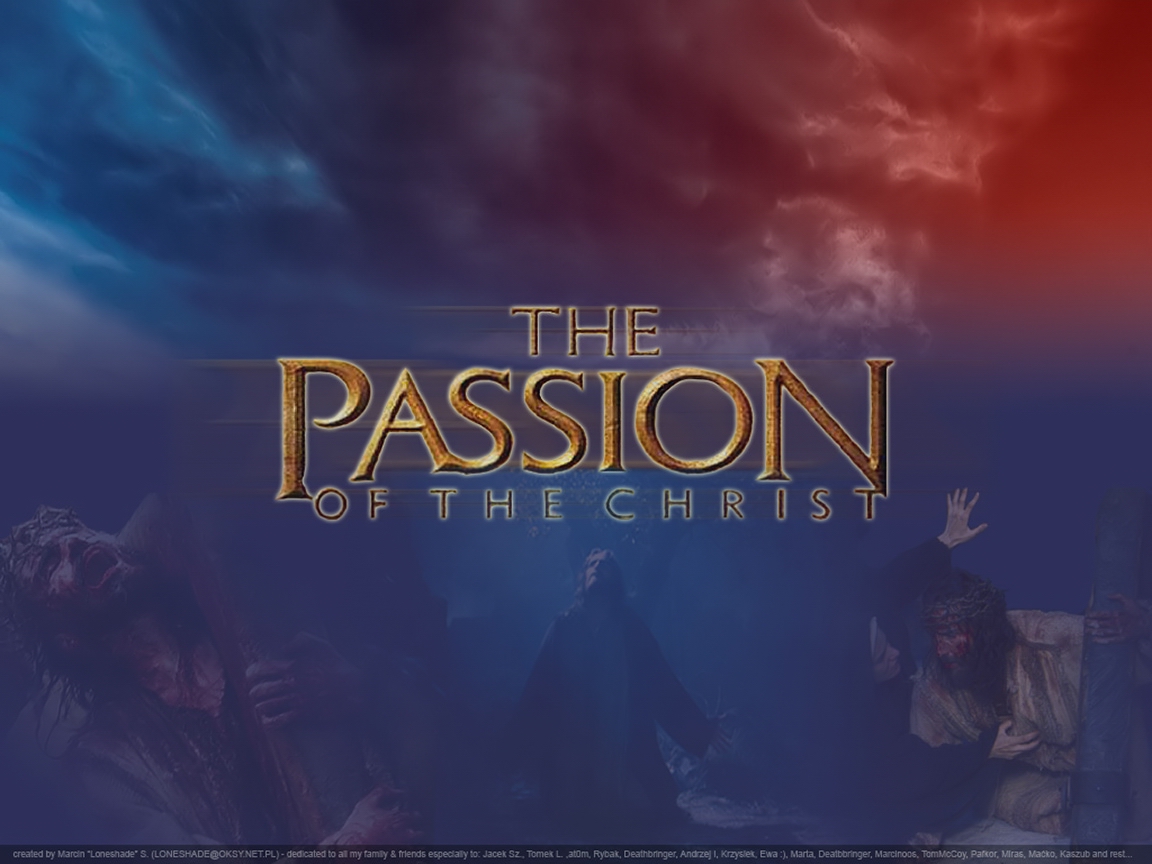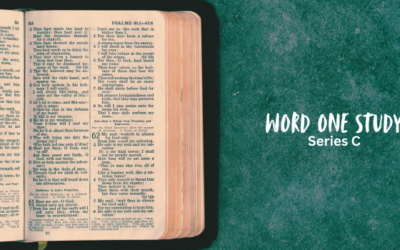This viewing guide for The Passion of the Christ was compiled in 2004 by the youthESource editorial team from the notes of Dr. James Bachman, professor of theology at Concordia University, Irvine; Jacob Youmans, DCE; and from an interview conducted with Rev. Tom Lapacka. All three men were given the opportunity to see the film at an exclusive pre-viewing session which included an interview of The Passion’s director, Mel Gibson.
Download a PDF of the viewing guide for The Passion of the Christ.
Further resources can be found at The Passion websites, www.thepassionofchrist.com and www.passionmaterials.com. GROUP Publishing, Youth Specialties and Interlinc have also provided resources for pre-view study, discussion and follow-up (including outreach and evangelism programs,
challenges for youth to bring unchurched friends to the film, etc.)
Note: part of the mission of the LCMS Youth Ministry Office is networking resources for our partners in ministry. These resources are recommended with the confidence that LCMS church workers are trained to discern what is useful and proper for Lutheran churches and schools and our recommendation does not equate an endorsement of the institutions creating these resources.
A Viewing Guide
On February 25, 2004, Icon films released its much-anticipated The Passion of the Christ in theaters throughout the country. Much was shared,
revealed and predicted about the release of what some defined as potentially the most “graphic and moving presentation of Jesus death and resurrection in cinema history. Many in the Christian church believe that this film was a cultural phenomenon unlike any experienced in modern culture, and have termed it the most powerful media tool ever created for expressing the message of the Gospel. youthESource has provided this viewing guide to help youth leaders prepare youth and parents to see this moving film. The content of this viewing guide was written and processed by members of The Lutheran Church–Missouri Synod.
Here, you can find both practical and theoretical advice to help you prepare your youth to see The Passion of the Christ, including Scripturally-based discussion starters for use before and after seeing the film, recommendations on preparing youth emotionally for the film, a character list and scene descriptions, discussion of the films artistic elements, advice on including parents and more!
The Passion of the Christ Introduction
The Passion of the Christ accurately portrays the events of the arrest, trial and crucifixion of Jesus. The movie is R-rated because of the graphic violence involved in Christs beating and His crucifixion. The movie provides an opportunity to reflect on the horror and the wonder of Christs sacrifice on our behalf.
Reminders For Us in the Church
Mel Gibson’s The Passion of the Christ is a horrific depiction of the ferocious violence of which humans are capable. Reminders of the human capacity for ferocious inhumanity are valuable, because humans often forget how near the edge of cruelty we live. Compared to Scripture, the movie dwells disproportionately on the violence and the inhumane behavior of men who become accustomed to gross abuse of fellow humans and on
the horrors of mob psychology.
But the Gospels proclaim that the crucifixion story is not a simple example of the oft-repeated story of mans inhumanity to man. Instead this is
the central act in Gods remedy for all human evil and sin. “For there is no distinction, since all have sinned and fall short of the glory of God; they are now justified by his grace as a gift, through the redemption that is in Christ Jesus, whom God put forward as a sacrifice of atonement by his blood, effective through faith (Romans 3:22-25 NRSV).
Therefore, we must resist the temptation to identify with the “good people in the movie (Mary, the beloved disciple, Simon of Cyrene), and we dare
not divide humanity into evil people and good people. Christ died also for Mary, Simon, you and me.
Just as we are to identify ourselves as sinners, we are invited also to identify ourselves with Christs own death. St. Paul teaches us that the sinful
self in each of us is to die with Christ: “Do you not know that all of us who have been baptized into Christ Jesus were baptized into his death? Therefore we have been buried with him by baptism into death, so that, just as Christ was raised from the dead by the glory of the Father, so we too might walk in newness of life” (Romans 6:3-4 NRSV).
In the Small Catechism Luther vividly applies this teaching. He asks:
What does Baptism mean for daily living? Answer: It signifies that the old person in us with all sins and evil desires is to be drowned through daily
sorrow for sin and repentance, and that daily a new person is to come forth and rise up to live before God in righteousness and purity forever.











0 Comments